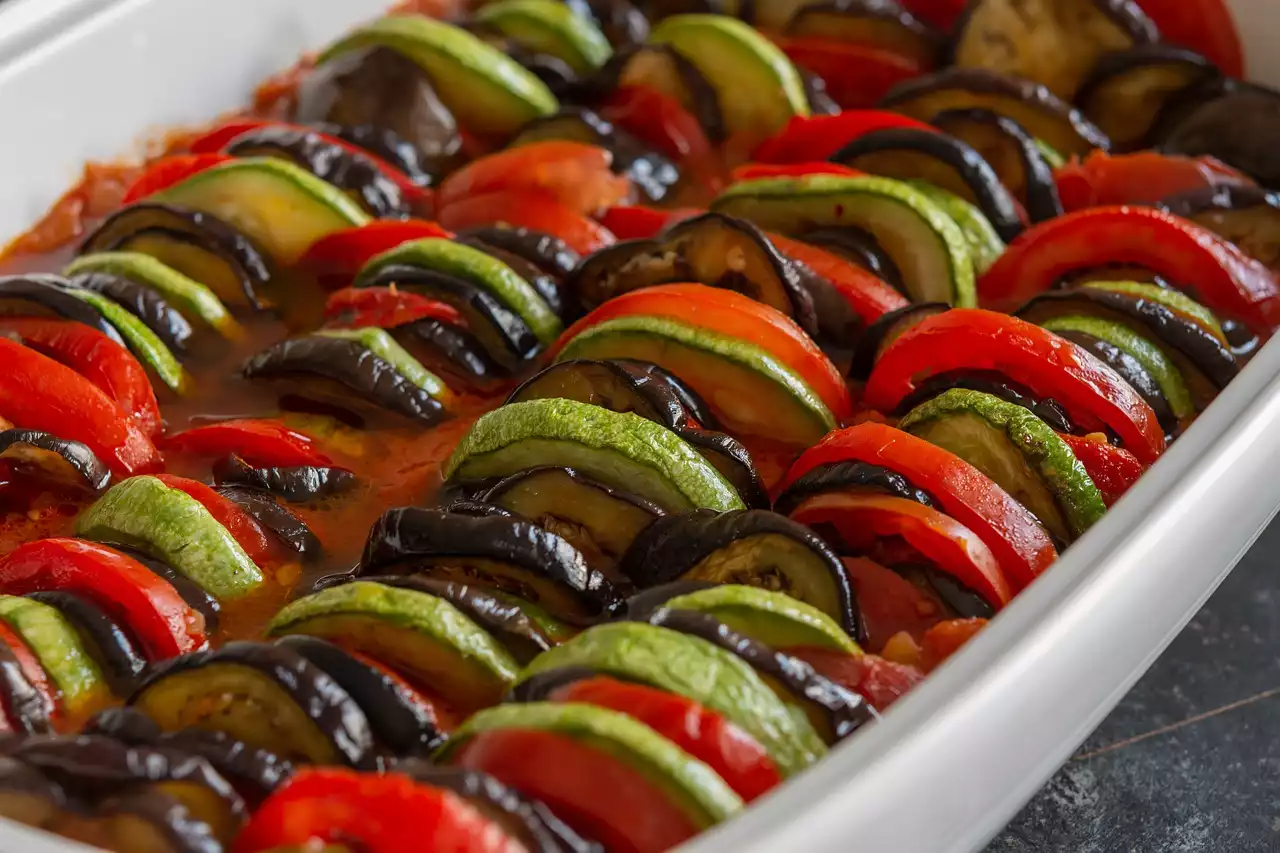The cuisine of France is as varied and beautiful as the country itself. French cuisine has a long history, and many regional varieties and styles. But the country is also a melting pot, with foods from all over the world influencing French tastes. French cuisine ranges from classic dishes like steak and eggs to delicate pastries and world-class gastronomy.
To appreciate the French culinary tradition, you need to understand its history and how the cuisines influenced one another. The French cuisine of the present is the result of the blending of a variety of regional cuisines. The oldest cuisine in France is the Gallo-Romance one. It’s a blend of the cooking traditions of the Gauls, Romans, and the Franks, who settled in France from the 5th century onward. In the Middle Ages, the cuisines of the north and the south of France merged to form the Occitan cuisine. The modern French cuisine developed in the 18th century, when the wealthy aristocracy began to serve fine dining to clients. A new wave of chefs and restaurants came to the forefront in the late 19th century with the advent of the Nouvelle Cuisine. The “New Cuisine” was a reaction to the increasing industrialization of the food industry and the tasteless synthetic food of the time. An early influence was the cuisine of the Russian chef Ivan Lepekhine, who came to France in 1869 and worked in the kitchens
History of French Cuisine
The history of French cuisine is a tale of trade, invasion, and exploration. Many of the main ingredients of modern French cooking came to France as imports during the Middle Ages. The most important of these, of course, was wheat. Another import was olive oil, which was used for cooking, for making perfumes and medicines, and for making soap. The fact that the French were foodies much earlier than the rest of the world is attested to by the fact that they even had a word for it: cuisine. The word comes from the Latin “cocheia,” which means “table.” So, a person who loved food was called a “cuisinier” or “cuisiner.”
The Gallo-Romance Cuisine
The Gallo-Romance cuisine is the oldest in France. The Gallo-Romance area encompasses parts of southern France and northern Italy, with particular emphasis on the French provinces of Auvergne, Rhone, and Provence. The historical Gallo-Romance region is now divided between the modern French provinces of Auvergne and Rhone, and the Italian province of Provence. This cuisine is characterized by hearty, heavily seasoned dishes, including many coq au vin, ratatouille, and garlicky greens. The cuisine of Auvergne is known for its heavy, gamy beef dishes, like cote de boeuf. The Rhone is famous for its seafood, especially garum, a fermented fish sauce. Provence is famous for its oranges and olives, which give dishes a distinctive tangy flavor.
Medieval Cuisine
The cuisine of medieval France, while heavily influenced by Roman dishes, also incorporated a great deal of regional elements. The cuisine of Aquitaine, for example, was a mix of foods from the south of France and those brought by medieval merchants from the north of France, such as herring, artichokes, and cod. Burgundy cuisine was based on the rich soil and abundant produce of the Burgundy region. Cologne cuisine was influenced by the Normans, who invaded France in the 10th century. The cuisine of the Loire Valley was based on the abundant fish and vegetables of the slow-flowing rivers of the region. Normandy cuisine was inspired by the Norman conquest of England, and was dominated by pork, sauerkraut, and Normandy potatoes.
The Occitan cuisine
The Occitan cuisine, which developed in the medieval counties of southern France, is characterized by the use of many different herbs and vegetables. The cuisine of the Auvergne is rich in mushrooms, and that of Provence is famous for its oranges and olives. The Occitan cuisine has also had a strong influence on the cuisines of neighbouring countries, particularly Spain and Italy.
The Nouvelle Cuisine
The Nouvelle Cuisine was born in the late 18th century, when the rich aristocrats of France began to experiment with cooking. It was a reaction to the tasteless, synthetic food of the Industrial Revolution. Cuisine critics like to point out that the French Revolution gave birth to the word cuisine, but the Revolution was not responsible for the creation of the modern French kitchen. The Nouvelle Cuisine was a reaction to the increase in urbanization and industrialization. Cuisine critics point out that the originality of the cuisine of the “New Cuisine” was not in its recipes but in the freedom that it gave to the kitchen.
Modern influences on French cuisine
The modern influences on French cuisine include international cuisine, regional cuisine, and the Nouvelle Cuisine. International cuisine is the food that is prepared outside of a country and that is then served in a country. This includes the Chinese, Indian, and Thai cuisines, as well as the cuisines of the French colonies. Regional cuisine is a more specific form of international cuisine. It is the food of a specific region of a country, such as the Burgundy, Rhone, and Loire cuisines. The Nouvelle Cuisine is the modern cooking technique that developed during the late 18th and 19th centuries.


 There are Many Different Types of Baby Changing Mats
There are Many Different Types of Baby Changing Mats
 How Skinny Jeans Became So Popular
How Skinny Jeans Became So Popular
 Tourism has Boosted Private Apartment Rental
Tourism has Boosted Private Apartment Rental The History and Evolution of French Cuisine
The History and Evolution of French Cuisine